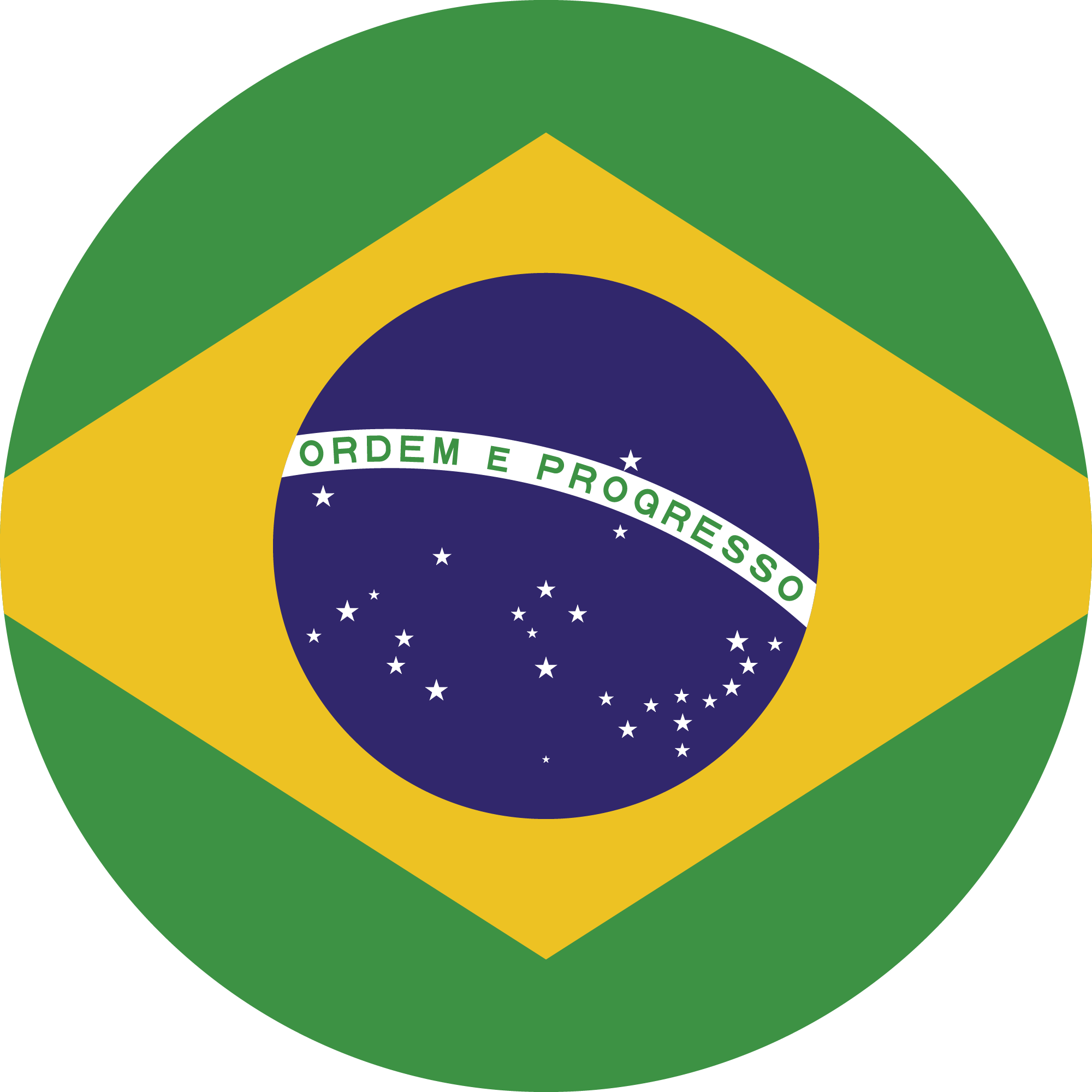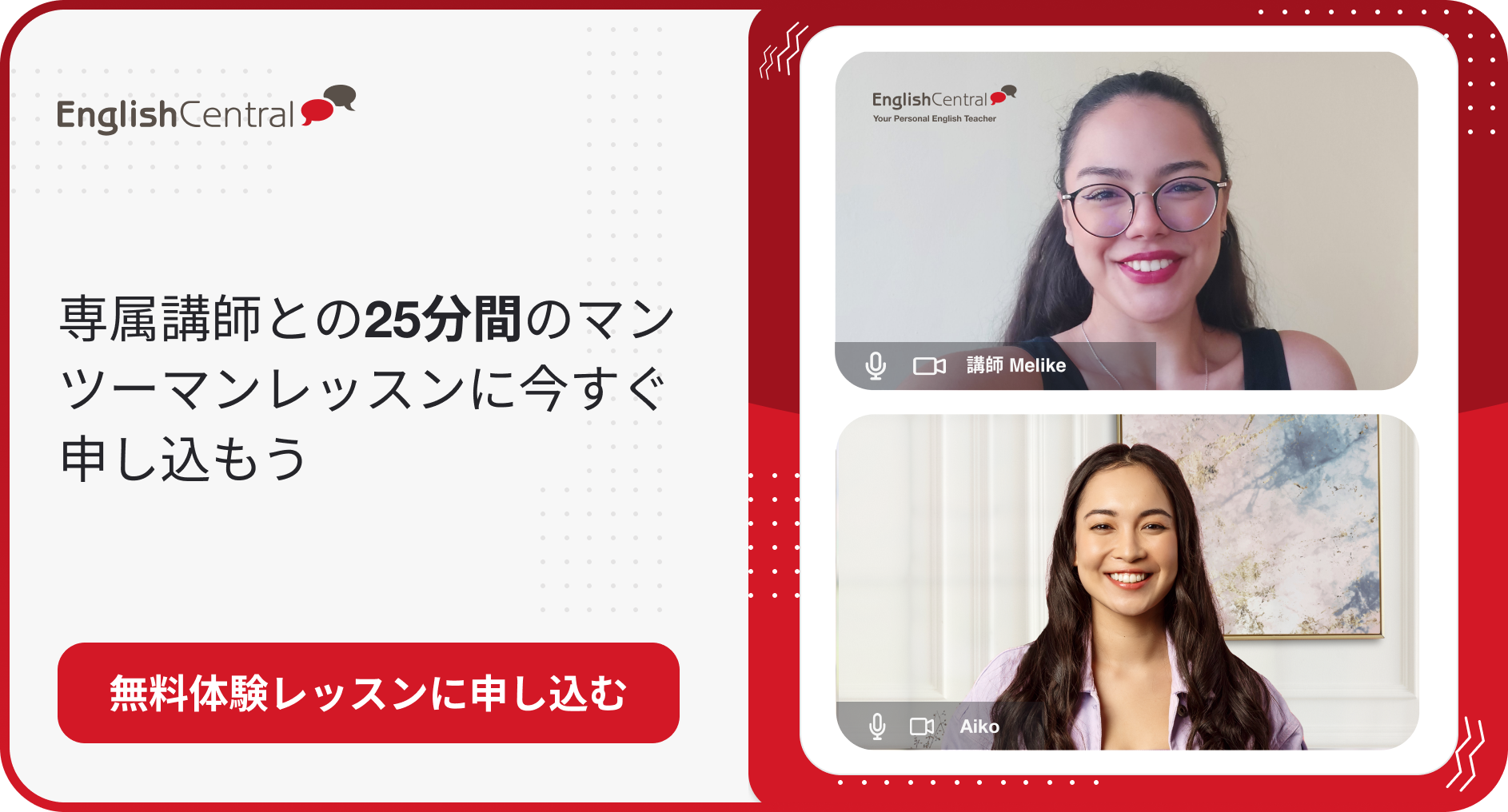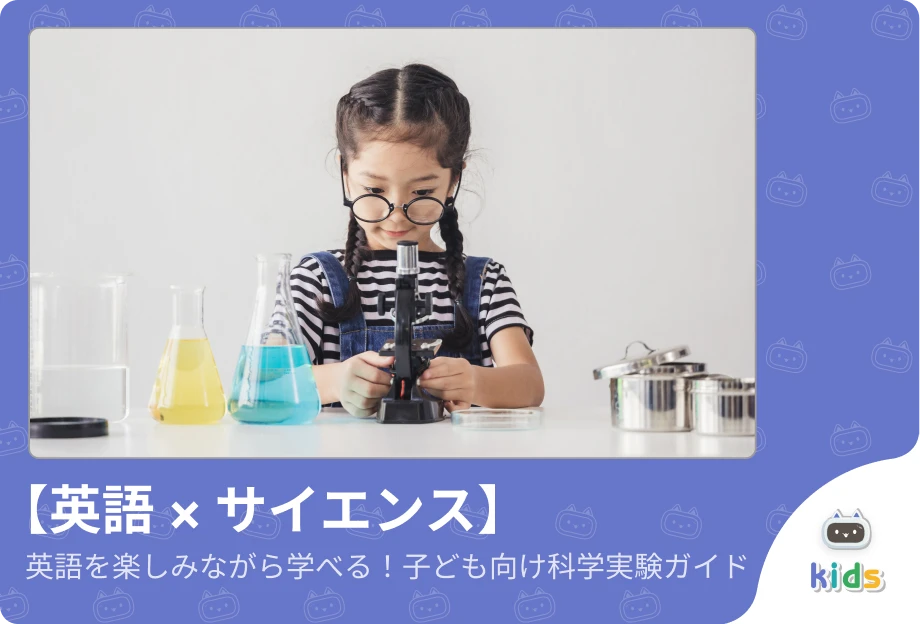英語の直接話法と間接話法をマスターしよう!
英語を学ぶ上で、直接話法(Direct Speech)と間接話法(Indirect Speech / Reported Speech)は重要な文法項目です。これらを正しく使い分けることで、より自然な英会話や文章表現が可能になります。本記事では、それぞれの違いと使い方について詳しく解説します。
EnglishCentralは全世界で800万人が利用!動画を活用した英会話レッスンをもっと手軽に。ChatGPTと提携したAI機能を駆使して、あなたの英語総合力を鍛えます。無料登録後、20,000本の動画見放題。そして、オンライン英会話レッスン1回無料。こちらから。
1. 直接話法(Direct Speech)とは?
直接話法とは、話し手の言葉をそのまま引用して伝える方法です。引用符(“”または‘’)を使い、元の発言をそのまま表現します。
- She said, “I am happy.”(彼女は「私は幸せです」と言った。)
- He asked, “Where are you going?”(彼は「どこへ行くの?」と尋ねた。)
- Tom said, “I love playing soccer.”(トムは「サッカーをするのが大好きだ」と言った。)
- Mary said, “I will visit my grandmother tomorrow.”(メアリーは「明日、おばあちゃんを訪ねるつもりだ」と言った。)
- He said, “I can swim very fast.”(彼は「私はとても速く泳げる」と言った。)
2. 間接話法(Indirect Speech / Reported Speech)とは?
間接話法は、話し手の言葉を要約し、第三者に伝える際に使われます。引用符は使わず、文章の構造や時制を変える必要があります。
- She said that she was happy.(彼女は幸せだと言った。)
- He asked where I was going.(彼は私がどこへ行くのか尋ねた。)
- Tom said that he loved playing soccer.(トムはサッカーをするのが大好きだと言った。)
- Mary said that she would visit her grandmother the next day.(メアリーは次の日におばあちゃんを訪ねるつもりだと言った。)
- He said that he could swim very fast.(彼はとても速く泳げると言った。)
間接話法にする際の主なルール:
時制の一致(時制の変化)
- “I like apples,” she said. → She said that she liked apples.
- “I am studying,” he said. → He said that he was studying.
- “I have finished my work,” she said. → She said that she had finished her work.
- “I saw a movie yesterday,” he said. → He said that he had seen a movie the day before.
代名詞の変更
- “I will call you,” she said. → She said that she would call me.
- “My brother is a doctor,” he said. → He said that his brother was a doctor.
時や場所を表す語句の変更
- “I will meet you here tomorrow,” he said. → He said that he would meet me there the next day.
- “We are leaving now,” they said. → They said that they were leaving then.
3. 疑問文の間接話法
疑問文を間接話法にする際には、疑問詞(who, what, where, when, why, how)をそのまま使うか、yes/no で答えられる疑問文の場合は “if” または “whether” を用います。
疑問詞を使う場合
- “Where do you live?” he asked. → He asked where I lived.
- “When will you come?” he asked. → He asked when I would come.
Yes/No 疑問文を変換する場合
- “Do you like coffee?” she asked. → She asked if I liked coffee.
- “Is this your bag?” she asked. → She asked whether that was my bag.
4. 命令文の間接話法
命令文を間接話法にする際には、通常「tell」「ask」などの動詞を用いて、「to + 動詞」の形に変えます。否定形の場合は「not to + 動詞」となります。
命令文の肯定形の変換
肯定の命令文を間接話法にする場合、「tell」「ask」を使い、「to + 動詞」に変えます。
- “Close the door,” he said. → He told me to close the door.
- “Please help me,” she said. → She asked me to help her.
- “Stand up,” the teacher said. → The teacher told us to stand up.
命令文の否定形の変換
否定の命令文を間接話法にする場合、「not to + 動詞」の形に変えます。
- “Don’t be late,” she said. → She told me not to be late.
- “Don’t touch that,” he warned. → He warned me not to touch that.
- “Don’t speak loudly,” the librarian said. → The librarian told us not to speak loudly.
まとめ
直接話法と間接話法の違いを理解し、正しく変換することは、英語のスピーキングやライティングの向上につながります。特に、時制の変化や代名詞の調整に注意しながら練習すると、スムーズに使いこなせるようになります。
ぜひ、日常会話や英作文で意識して使ってみてください!例文を増やして繰り返し練習することで、より自然に使えるようになります。
英語学習に役立つ TikTok アカウントのフォローもお忘れなく ↓↓↓
@englishcentral_japan
English Centralでは英語学習を効果的かつ楽しくサポートするアプリもご利用いただけます。その豊富な動画ライブラリから興味のあるトピックを選んで学習できるので、自分のペースで学習を進めることができます。App Store や Google Play から今すぐダウンロードして、楽しく英語をマスターしましょう!










